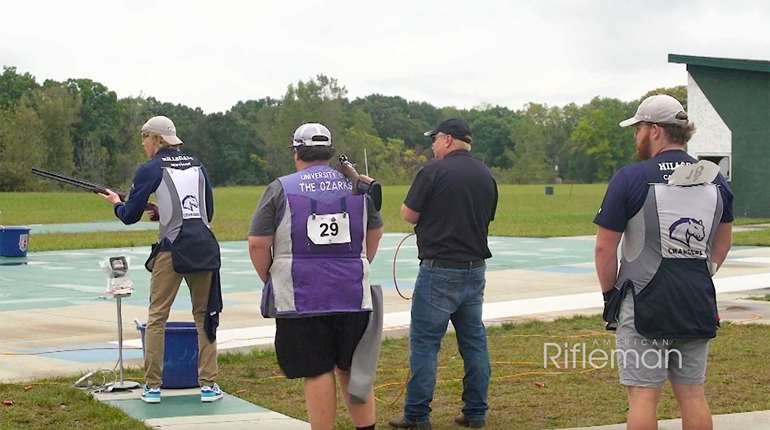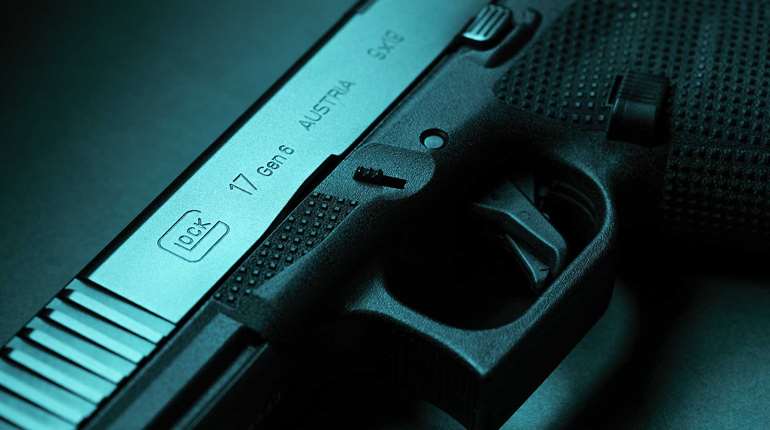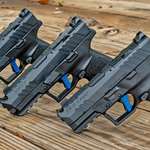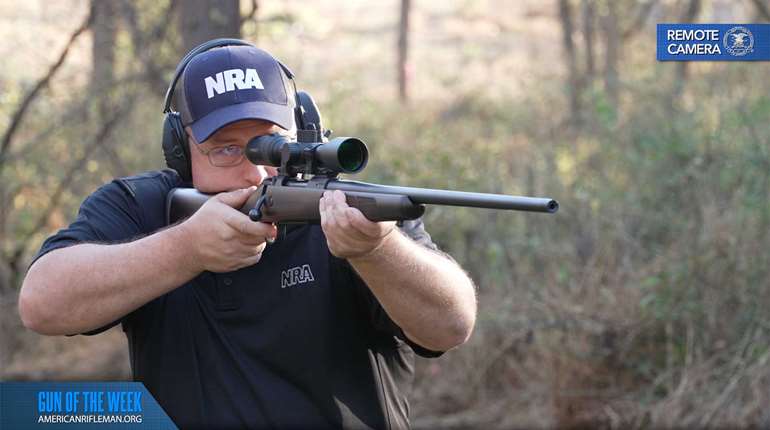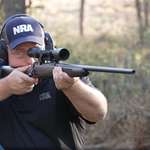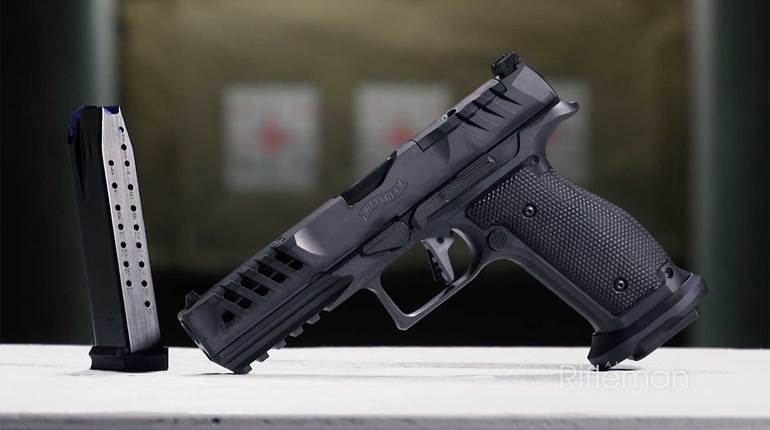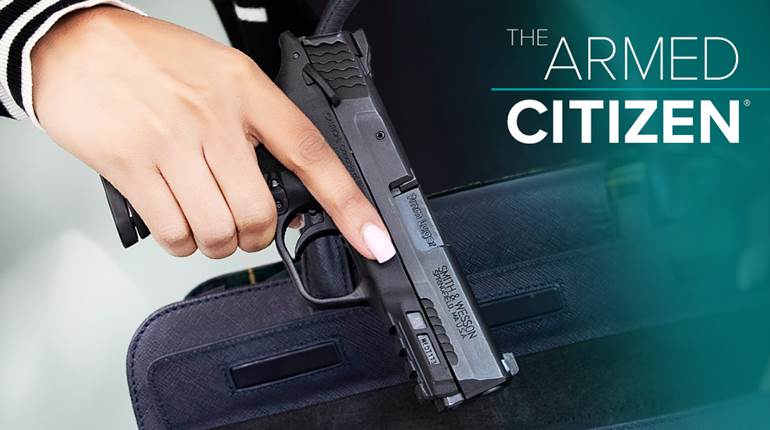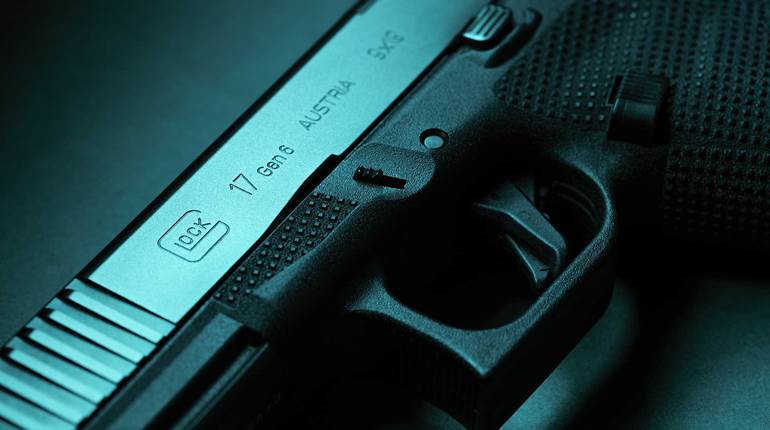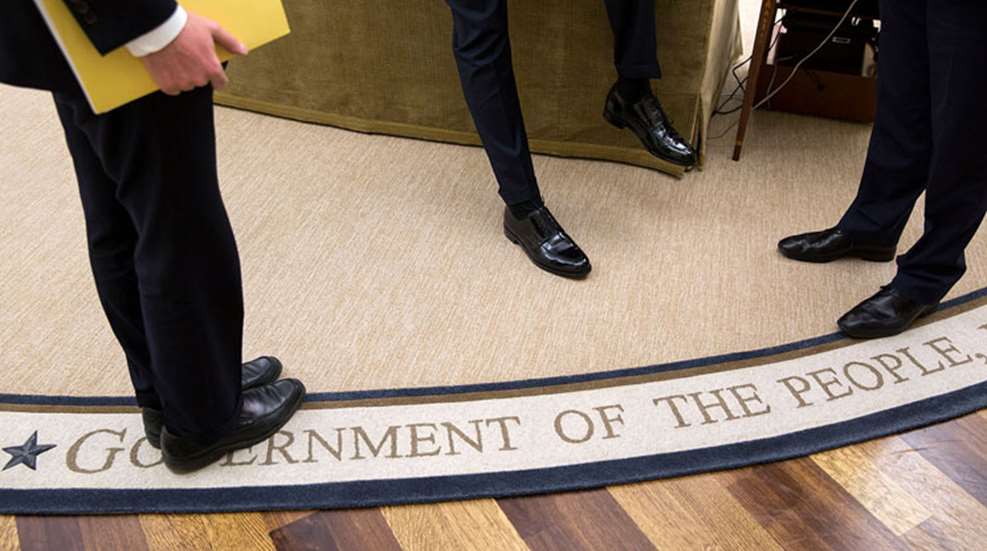
Among his other anti-gun, politically motivated executive orders, under “Shaping the Future of Gun Safe Technology” Barack Obama has imposed an imperial dictum to “Issue a Presidential Memorandum directing the Department of Defense, Department of Justice, and Department of Homeland Security to take two important steps to promote smart-gun technology.” According to the White House Fact Sheet, those steps are “Increase research and development efforts” ... and “Promote the use and acquisition of new technology.” The result would be for “the departments to consult with other agencies that acquire firearms and take appropriate steps to consider whether including such technology in specifications for acquisition of firearms would be consistent with operational needs.”
Instead of involving countless man hours and reports, the president could have just asked somebody who knows. The answer is, no, we shouldn't do that. Border Patrol Agents, U.S. Marshalls and U.S. Marines are not clamoring for this experimental technology to do their jobs. So-called “smart gun" technology, at least at this point, would endanger the lives of soldiers and federal law enforcement officers.
At a time when our nation is at war and there are terrorist incidents occurring in our own shores, you’d think that federal law-enforcement and our military would have better things to do.
So-called “smart gun" technology is nowhere near being ready for field or “operational” use by law-enforcement or the military. And despite this executive order, the U.S, military and law-enforcement agencies around the world have already been watching this technology develop. And they have stayed on the sidelines for good reason.
There are some attractive features in this technology, especially for police administrators. One of which is you can turn a police officer's gun off remotely using RFID technology. I have written about this before, and the thing to remember is that, if an administrator can remotely deactivate a police officer's firearm, so can a sophisticated hacker. Remember those Office of Personnel Management records of millions of federal employees and their friends and families? Yeah, they thought those were safe, too.
There are some benefits to RFID technology when it comes to military equipment. Specifically, using passive RFID chips to track them for inventory control purposes—think price check on aisle three at Walmart—and active RFID can locate them remotely. If say, a Bradley AFV or M2 belt-fed machine gun went missing, it might be nice to use an app on your smart phone to go find it. But if you can find it, again, so can the enemy.
Another so-called “smart gun” feature is Wide Area Control. What this does is allow, by satellite, all firearms so-equipped to be remotely deactivated within a given area or region. Again, this seems like it might be attractive to administrators, but for police officers and soldiers on the ground it would make them vulnerable to hacking or even simple geography. Oh, you crossed the county line, congratulations, deputy, your pistol doesn’t work now.
Administrators all over the world have been interested in so-called “smart gun” technology, especially in countries that would just as soon not have their officers armed anyway. How many of them have adopted it? Zero. Let me repeat that, zero.
Anti-gun mayors and bureaucrats would love it if their police agencies would carry so-called “smart guns.” Like this executive order, it would advance their agenda. But the most resistance to this idea comes from the police officers themselves.
There is a reason why law-enforcement agencies and military procurement officers thoroughly test firearms under all kinds of conditions before adoption. They need to know that when it comes time to use that arm it has to work 100 percent of the time. The roles of a firearm in the holster of a first responder or in the hands of a frontline infantryman are very different from that of a casual shooter that wants a Buck Rogers .22 for plinking at the local indoor range.
Soldiers sometimes have to fight battles in the rain, in the mud and in areas with lots of dirt, or even salt water. The salt-spray immersion test military firearms must undergo before adoption seems to me something that would easily defeat so-called “smart gun” designs as well as their Batman decoder rings and Dick Tracy wrist watches.
There's nothing wrong with the development of new technology when it comes to firearms, including so-called “smart guns.” The problem comes when politicians who don't know an Obregon from an oboe mandate their use. Playing political games with arms that our soldiers and first responders rely upon to defend their lives or take down or nation’s enemies is dangerous folly. And it is insidious to insist armed citizens use such technology when it is clear police and the military will not.
Instead of squandering man hours and resources, the president could have just turned to one of the armed Secret Service agents who protect his life 24 hours a day and ask “Hey, do you guys want to carry these things?" Sometimes, even the president should just ask a guy.
















